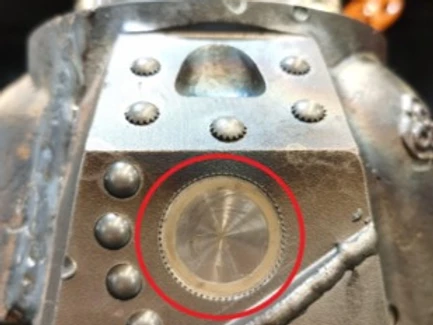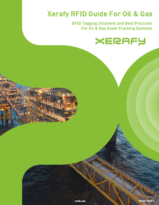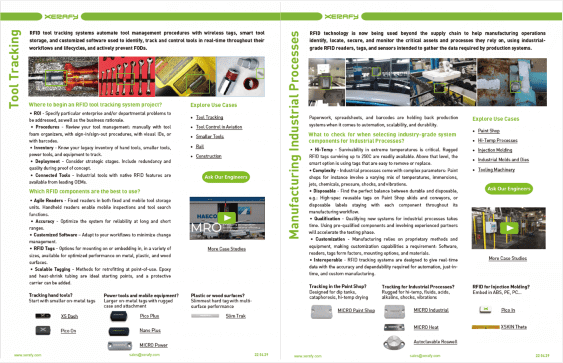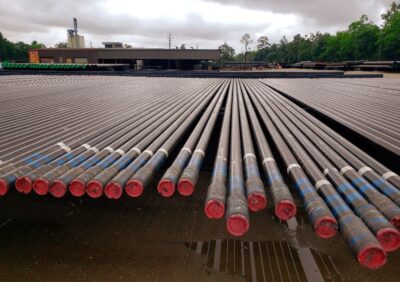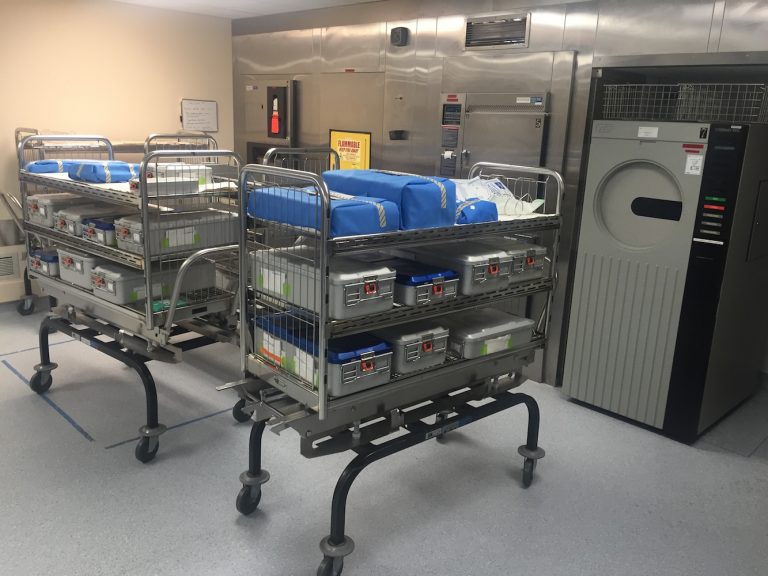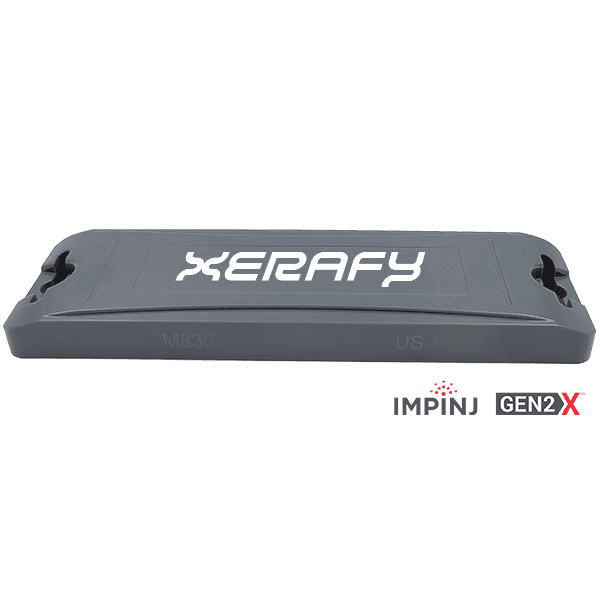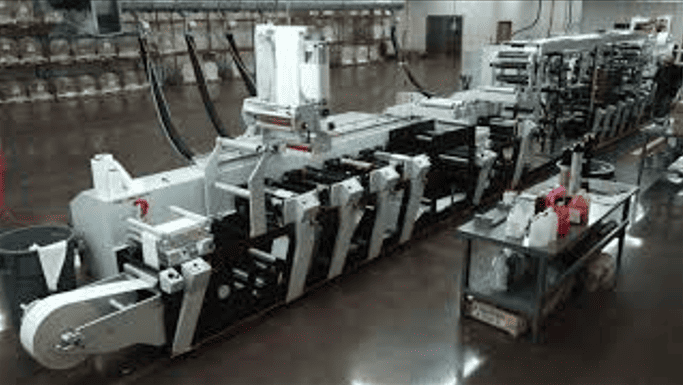How To Optimize The Total Drilling Cost Of Mining Operations
When it comes to drilling consumables, mining companies are concerned with lowering the total drilling cost (TDC) of their operations. This is achieved by striking the correct balance between a high rate of penetration (ROP) on the one hand and a long service life on the other.
To that end, the company is constantly improving the design of its drill bits in order to improve drilling performance by optimizing bearing systems and adding harder materials such as tungsten carbide that can survive the tremendous challenges of modern mining. As a manufacturer, they also invest in quality control to ensure maximum product reliability.
What Are Drill Bits And What Are They Used For?
Drill bits, rock bits, or simply bits, are in use across the Mining and Oil and Gas industries to drill or dig the earth’s surface, and to dig holes in stones or rock primarily to place the explosive for blasting. Mining drill bits include rotary drill bits, DTH hammers bits, and others. The different types of drill bits size include from less than 150 mm to more than 300 mm.
Drill bits are designed to produce a hole (wellbore) using a rotary drilling method. This process places the bits under extreme conditions, with high temperatures, high pressure, strong hardness, water and chemicals, being the norm. These types of environments can prove unsurmountable challenges for off-the-shelf RFID tagging solutions.
Moreover, the design and form factors of drill bits provide very limited real estate for the mounting position of traditional RFID tags. Most drill bits cutting mechanism is based on rolling cutter bits’ or on fixed cutter bits. Rolling cutter bits drill by fracturing or crushing with tooth-shaped cutting elements on cone-shaped elements that roll across the face of the borehole as the bit is rotated. Fixed cutter bits on the other hand use blades with hard cutting elements such as natural or synthetic diamonds that remove material by scraping or grinding action as the bit is rotated.
From Barcodes to RFID, Collecting Data in Mining
Drill bit usage data represent a fantastic opportunity to better manage each item’s lifecycle and improve quality. Furthermore, the company was interested in how it might assist its clients with their equipment identification and location needs, thereby assisting them with inventory management.
Navigating all of these challenges and opportunities, and following initial experiments with barcodes, the company chose to investigate ways to employ RFID to transform its equipment into truly ‘Connected Assets.’
RFID Tagging Mining Assets for Drilling
In keeping with the company’s focus on delivering RFID technology to vertical sectors, Xerafy has created a number of embeddable RFID tags for the Mining, Oil, and Gas industries.
The Xerafy Xplorer RFID tag, in particular, ticked a lot of boxes on the company’s checklist:
Key industry players have qualified them in the field
They are capable of withstanding the tough application environment
They offer superior performance when flush-mounted into metal
The engineering teams worked together to optimize embedded RFID performance, developing a scalable process that meets the company’s production and quality standards.
The company is now on track to meet its strategic goal of providing end-users with ‘Connected Assets’ that add value throughout the industry’s value chain and completely support the Mining, Oil, and Gas industries in digitizing their operations.
